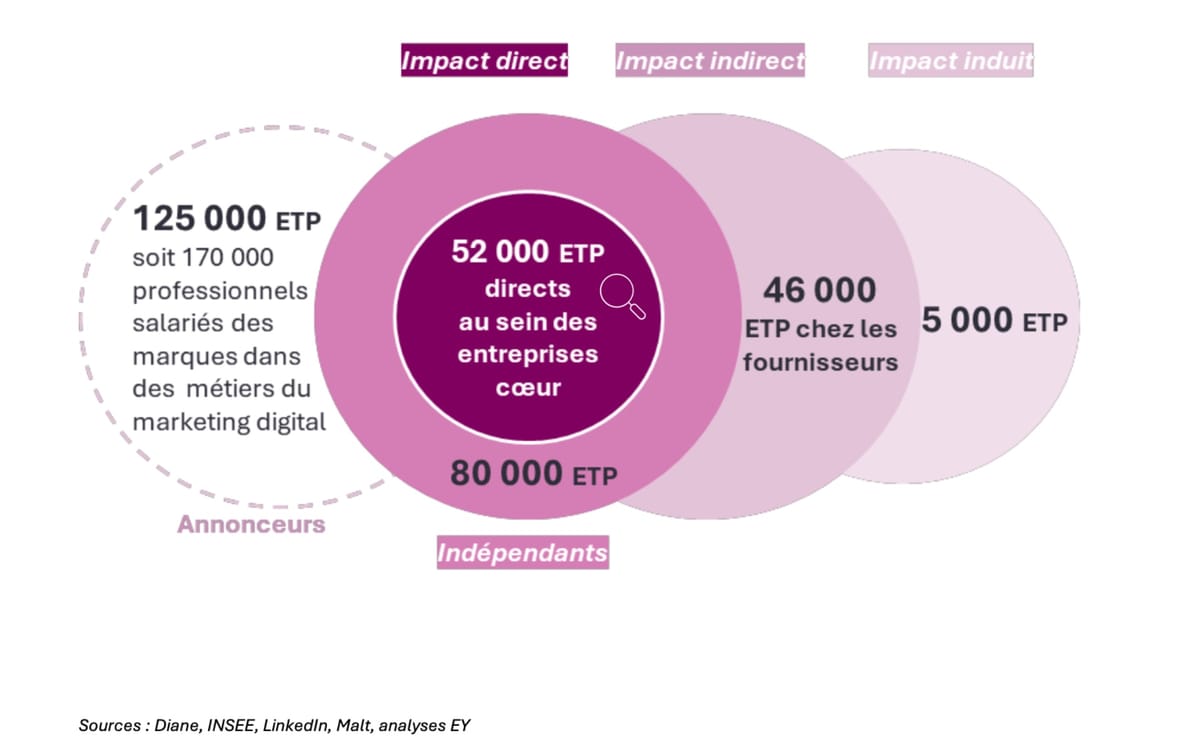In the fast-paced world of digital marketing, understanding customer behavior is key to success. As marketers, we strive to uncover the most effective strategies to engage with our audience and drive conversions. This is where the linear attribution model comes into play, offering a unique approach to measuring the impact of various touchpoints in the customer journey. In this article, we will delve into what the linear attribution model is and how it works, shedding light on its importance for marketers in today’s evolving landscape.
The Basics: What is a Linear Attribution Model?
In essence, the linear attribution model is a way to assign credit to each touchpoint in a customer’s journey towards making a purchase or completing a desired action. Unlike other attribution models that may prioritize certain touchpoints over others, the linear model distributes credit equally across all touchpoints. This means that every interaction a customer has with your brand along their journey is deemed important and contributes to the overall success of your marketing efforts.
How Does the Linear Attribution Model Work?
To better understand how the linear attribution model works, let’s break down the customer journey into different stages:
Awareness
The first stage of the customer journey is the awareness phase, where potential customers become familiar with your brand or product. This can occur through various touchpoints such as social media, online ads, or word-of-mouth referrals. With the linear attribution model, each touchpoint in this stage receives equal credit for contributing to the customer’s awareness.
Consideration
In the consideration phase, customers actively research and compare different options before making a decision. This can involve visiting your website, reading reviews, or engaging with your content. Again, the linear attribution model gives equal credit to each touchpoint that assists the customer in their consideration process.
Conversion
The conversion stage is where the customer takes the desired action, whether it’s making a purchase, signing up for a newsletter, or filling out a form. The linear attribution model ensures that all touchpoints leading up to this stage are accounted for and given equal credit for influencing the conversion.
Retention
After a conversion takes place, the focus shifts to customer retention. This includes nurturing the customer relationship through strategies such as email marketing, personalized offers, and loyalty programs. Each touchpoint in this stage, under the linear attribution model, is recognized for its role in retaining the customer’s loyalty.
The Benefits of the Linear Attribution Model
While there are various attribution models available, the linear model offers unique advantages for marketers:
Comprehensive View: The linear attribution model provides a holistic view of the customer journey by giving equal weight to each touchpoint. This allows marketers to understand the full impact of their marketing efforts and make more informed decisions.
Equal Credit: Unlike other models that may disproportionately credit certain touchpoints, the linear model ensures that each interaction receives equal recognition. This helps in understanding the true value of touchpoints that are often overlooked.
Collaboration: By giving equal credit to all touchpoints, the linear model encourages collaboration between different teams within your organization. This fosters a more integrated approach to marketing and allows for better alignment of strategies.
Flexibility: The linear attribution model can be easily adapted to different marketing channels or campaigns. It is a versatile model that can be applied to both online and offline touchpoints, allowing for a comprehensive analysis of all customer interactions.
In conclusion, the linear attribution model offers a powerful tool for marketers to measure the impact of their touchpoints throughout the customer journey. By assigning equal credit to each interaction, this model promotes a more comprehensive understanding of consumer behavior and allows for data-driven decision-making. Whether online or offline, incorporating the linear attribution model into your marketing strategy can unlock the secrets to success.










Leave a Reply